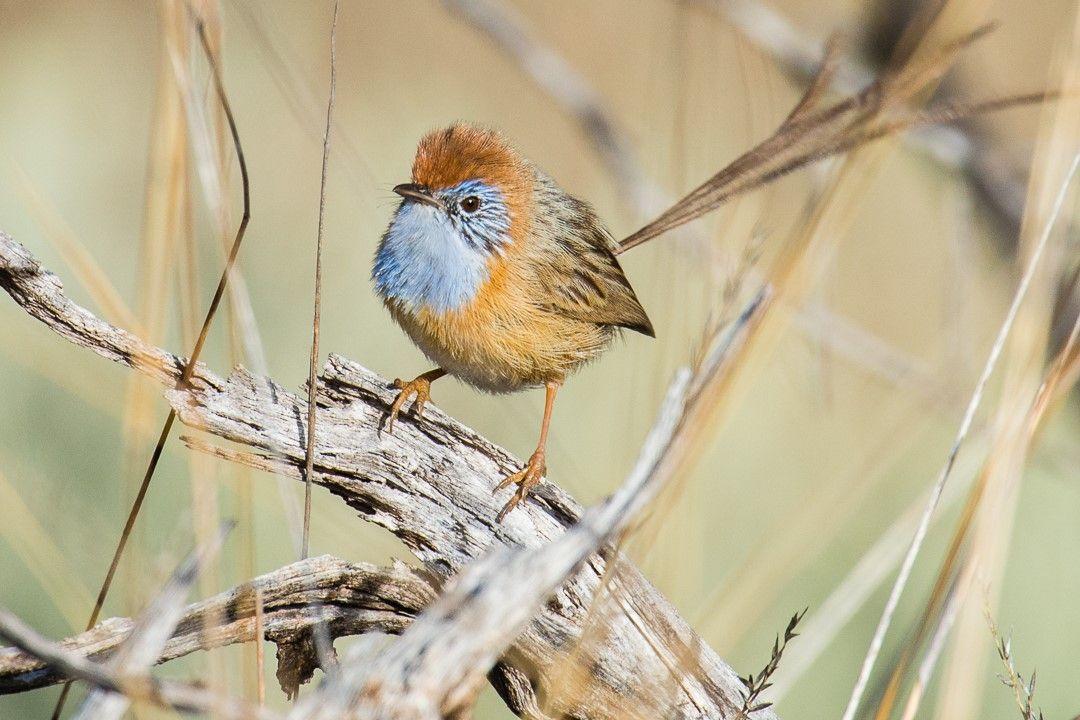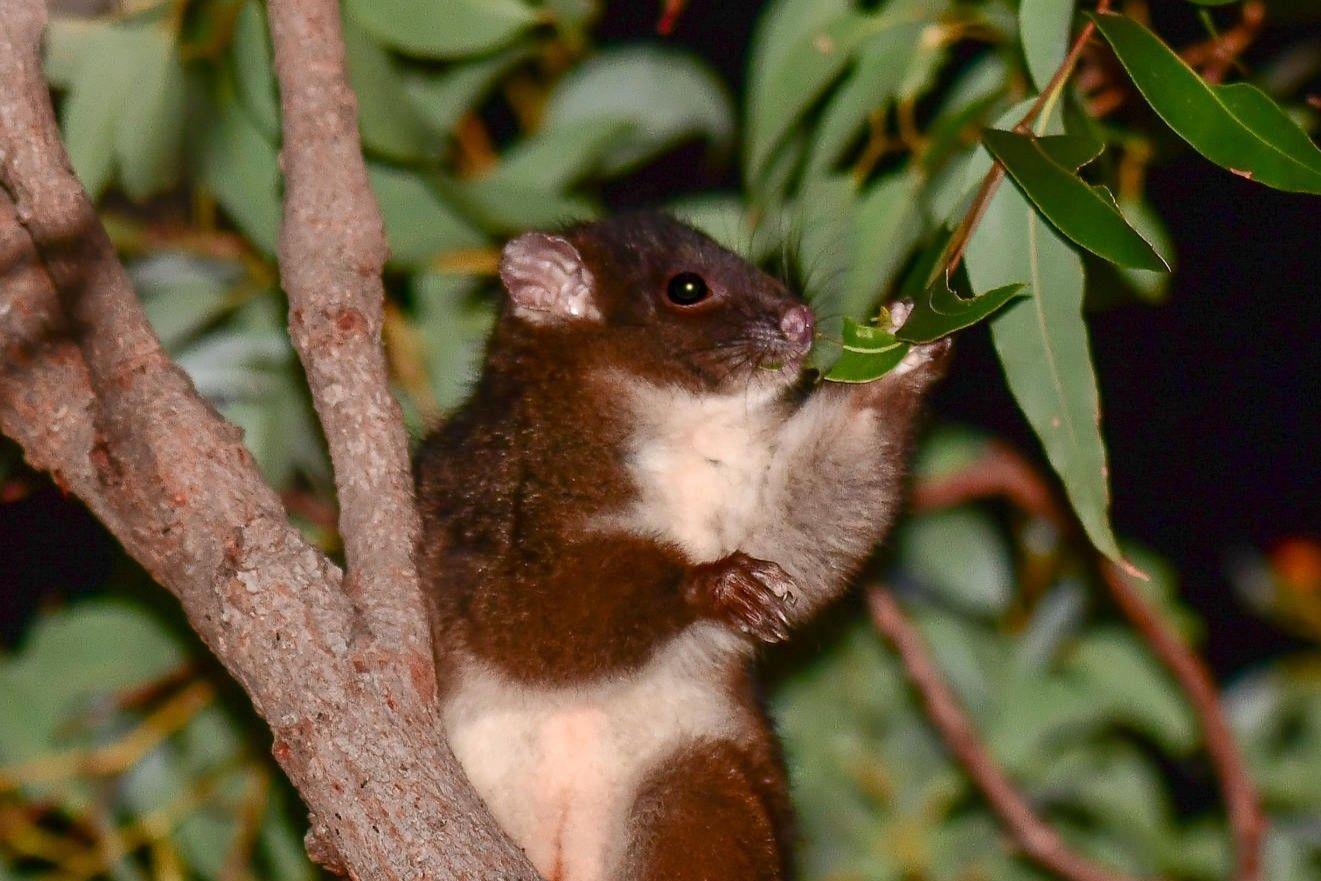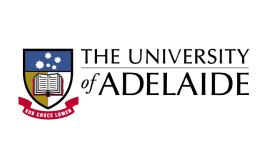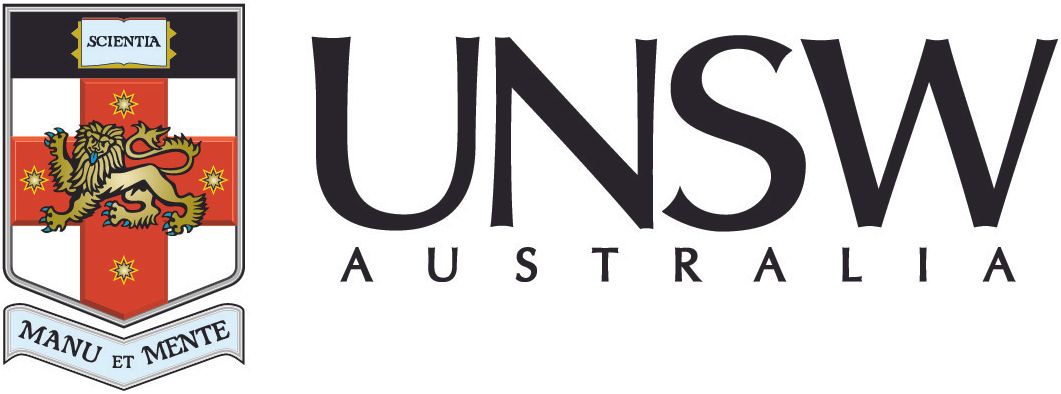Show nature the money! Here are 9 things to look out for in the budget

The Mt Lesueur grevillea is one of 1416 threatened plants at risk of extinction. Image: Philip Bouchard, CC BY-NC-ND.
Media Release
14 May 2024
We have identified nine key elements needed in this year’s federal budget for it to stack up for nature and meet our international commitments for protecting and restoring nature.
Ecosystems from the tropics to the Antarctic are collapsing, including the Great Barrier Reef, and much loved and iconic species including the koala and pink cockatoo have joined two thousand others on Australia’s list of threatened species.
Business as usual, including piecemeal funding, will not be able to turn this catastrophe around; governments must urgently increase investment in nature conservation.

Threatened species like the mallee emu-wren will continue to decline without significant investment in nature protection and restoration. Image: Nicole Brooker, CC BY-NC via iNaturalist.
Social research undertaken for the Biodiversity Council by Monash University found that the community would be supportive of greatly increased investment. The survey asked over 3,400 people about how much they think the Australian Government should be spending on nature.
Biodiversity Council Lead Councillor and research co-author Professor Sarah Bekessy from RMIT University said,
“Our research found that almost everyone wants the federal government to spend more on nature.
“Three-quarters of people feel that at least 2% of the federal budget should be spent on nature. This would represent more than a five-fold increase of current investments.
“This amount is close to what experts recommend is needed for the effective protection and recovery of nature in Australia.
“Spending on the protection and restoration of nature isn’t just a nice to have item. More than half our GDP relies on natural systems and healthy nature is vitally important for the health and wellbeing of people and communities.
“Spending on threatened and culturally significant species and ecosystems creates lots of meaningful jobs, including in regional and remote communities.”
The Biodiversity Council has also highlighted the need for greater transparency in government reporting about what is spent on nature protection.
“Total spending on nature is often buried in the detail of portfolio budget papers.
“It can be confusing to see how much money the government actually spends on the care of nature because the total amount per year is not reported like it is for other areas, such as defence,” said Professor Bekessy.
“The fact is much less than one per cent of the federal budget goes to biodiversity conservation measures, and we need to be transparent about that if we are going to tackle chronic underinvestment in environment protection.”
The Biodiversity Council says Australia has consistently under-invested in the protection and recovery of its native biodiversity and has been ranked as one of the most underfunded nations when it comes to biodiversity conservation.
The independent expert group founded by 11 universities, made nine recommendations to the Australian Government during pre-budget submissions on what is needed to address the extinction crisis and to uphold international environmental obligations.

Significant investment is needed in nature, including resources to reform Australia's outdated nature laws. Image: Critically endangered western ringtail possum. Marc Faucher, CC BY-NC via iNaturalist.
Here are nine key elements needed in the budget to improve the protection of Australia’s environment:
- Transparency on how much is being spent on nature protection and restoration each year.
- Increase spending on the recovery of threatened native plants and animals to $2 billion per year. It may sound like a lot but this is less than the GST collected on spending on pets. Currently, many species close to extinction are receiving little to no funding to tackle the key threats driving them over the brink.
- Invest at least $2 billion annually to drive ecosystem restoration across Australian degraded lands.
- Create a $5 billion fund to purchase land with high biodiversity values. This is essential for Australia to meet a commitment to conserve 30% of our lands and waters by 2030 and would be a major investment for future generations.
- Support the creation of new Indigenous Protected Areas (IPA) and adequately resource First peoples Rangers and groups to care for Country. Many regions and ecosystems are poorly represented in the national reserve network. IPAs currently receive much less funding per hectare than national parks.
- Greater support for private-land conservation programs, such as those involving conservation covenants.
- Provide $88 million over 5 years for the Feral Cat Threat Abatement Plan, to fund the delivery of high- and very-high priority actions in the national plan.
- Resource the reform of Australia’s 25-year old national environmental laws. The laws are widely acknowledged as ineffective at protecting the environment, cumbersome for business and missing consideration of climate impacts. (See our law reform recommendations)
- Reform Australia’s fuel tax credits to meet an international commitment to remove subsidies for activities that harm the environment. The Australian Government currently spends $10 billion (1.4% of the budget) on fuel tax credits, if redeployed it could cover the cost of all of the above recommended areas of spending.
WATCH Biodiversity Council Director James Trezise talk to journalist Kathryn Robinson on ABC News about the disappointing new federal budget after it was released. The interview was first broadcast by ABC News on 20 May 2024.













